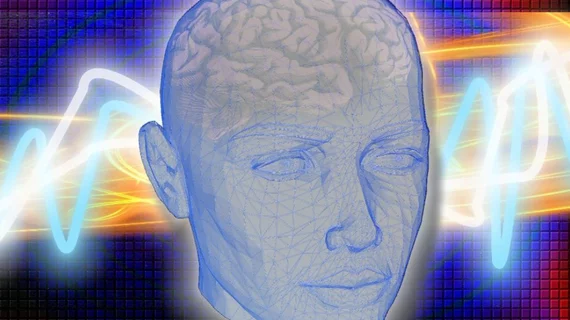Emergency departments may be overutilizing neuroimaging for epileptic seizures
Is neuroimaging being overused on seizure-related visits to the emergency department (ED)? Authors of a study published in Epilepsia believe so.
In the study, authors analyzed 882 ED visits recorded at the Oregon Health & Science University (OHSU) in Portland and the Veteran’s Affairs Portland Health Care System. Each patient had been previously diagnosed with epilepsy and all visits were a result of seizures, with neuroimaging completed in 46 percent of cases.
Out of the 381 scans performed, 41 included findings suggesting a new clinical problem; the other results were consistent with existing seizure-like abnormalities. Overall, imaging led to an acute change in management for 11 patients—two of which were later identified as false positives.
“I’m not critical of [the ED] approach to these patients,” said first author Martin Salinsky, MD, with OHSU’s epilepsy program, in a statement. “The head is a black box, and it’s a scary black box. In the absence of having guidelines with regard to imaging, the natural tendency is to want to do everything.”
The American Academy of Neurology does provide guidelines which suggest using CT in the ED for new-onset seizures, but provides no recommendation on imaging patients with a prior seizure diagnosis.
In that same release, Michael Sperling, editor in chief of Epilepsia, argued a majority of those with epileptic seizures don’t require ED visits, including one of his own patients—a student with epilepsy.
“Every time [the student] has a seizure, emergency services are called and he’s sent to a hospital and tests are done unnecessarily, and then he’s sent home a few hours later,” he said. “If patients at school or work can give instructions about what to do if they have a seizure, sometimes it can prevent trips to the ED.”

